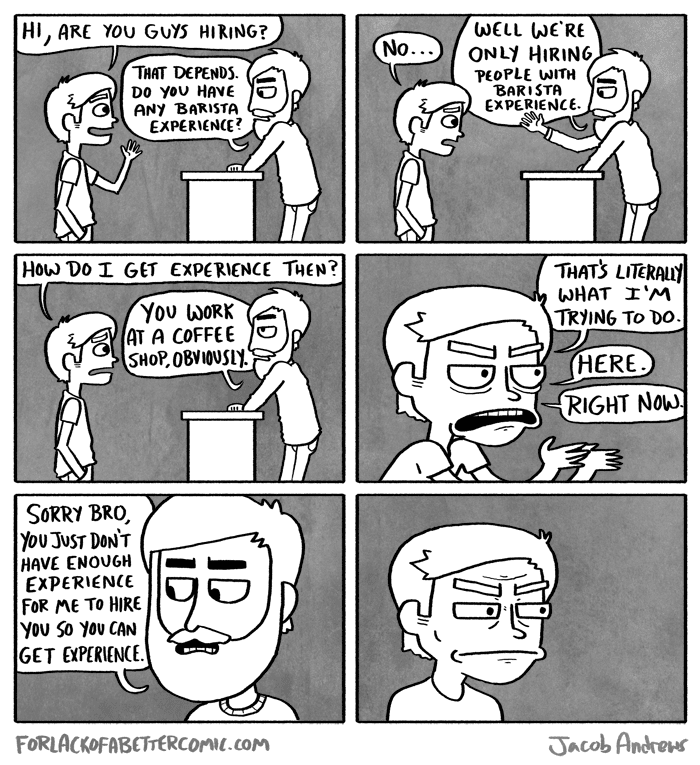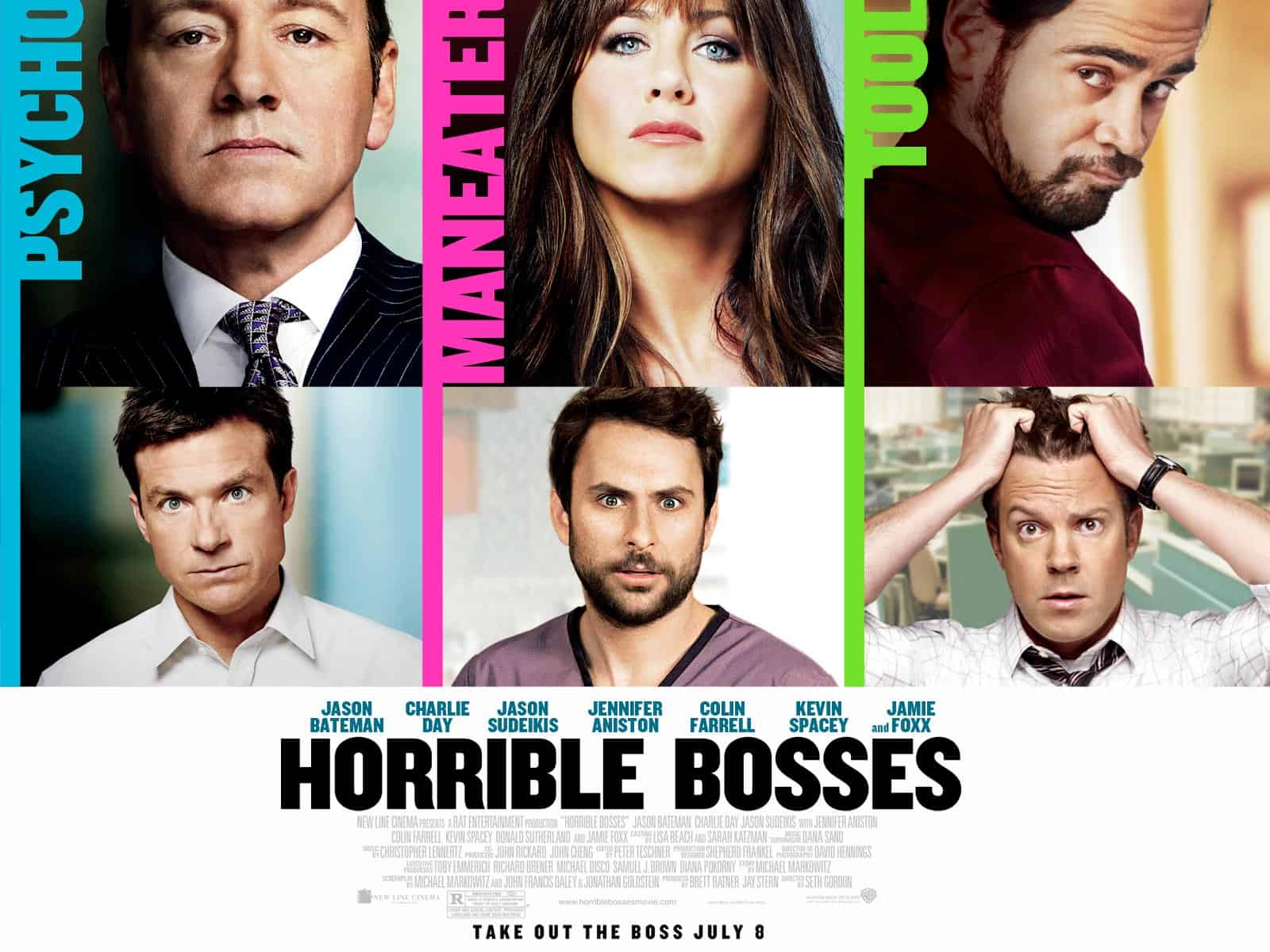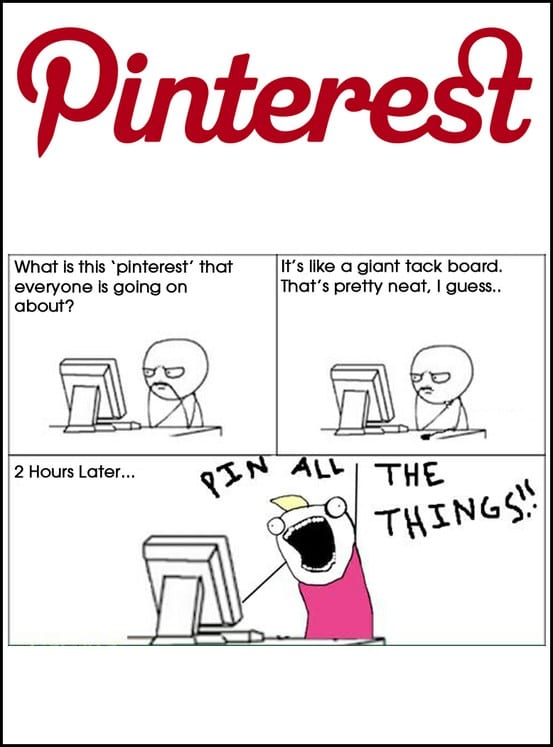What drew you to the company you work for? Was it your education, circumstances, or your “career path?” Challenge, growth, values, environment, training, work/life balance, and over-all fit can be key factors in determining if you should get off at this stop, stay on a bit longer, or get on the next bus out of town. Leaving any occupation isn’t a small decision, but, like breakups, sometimes we don’t realize the magnitude of unhappiness until we are out of that situation. So how do you know when it’s time to leave the company where you are currently employed?
Make sure your nosy cube-mates and/or human resources managers aren’t near – if you are already having doubts, this ride could get bumpy. There is no one answer to knowing when you should leave your company or if you should leave at all, but here are a few of the more obvious signs that you aren’t happy with your professional life, or have outgrown where you are.
1. You genuinely dread going to work, not just on Monday’s, but every day, and the thought preoccupies your free time.
2. Your “situation” has changed. When you started your career you may have been single, and able to live on a certain salary, but right now you may be married with three children and have a car payment. If your essential needs as a person are not able to be met anymore, and there is no room for upward mobility in position or paycheck it may be time to let your current employer go.
3. Boredom. In the same way that a highly intelligent child may under perform in an unchallenging class, you too may be under performing because, well, you are unchallenged at work. If you are unable to move up, gain more responsibility or take on different projects in your current company, looking for an opportunity where advancement is an option may be in your best interest.
Here are a few of the less obvious identifiers:
1. Complacency. You are comfortable with where you are. You may love the company you work for, but your job is “fine” and vice versa. For some people this will work just “fine” for the rest of their professional lives, but realize that while the situation might not get worse, it also may never get any better.
2. The wheels are constantly spinning, but you aren’t actually driving anywhere. You are undervalued even if you come in at 7 and leave at 6. You find yourself thinking “If only I work a little harder, a little longer, get involved in EVERYTHING, someone will notice and reward me.” Some companies don’t necessarily have a culture that values hard workers like you, but there will always be one out there that does. Find it.
Whether you are deep-rooted into a company or just starting out, you have the right to be happy. As Joe Gibbs said, “People who enjoy what they are doing invariably do it well,” so look out for any warning signs and listen to yourself.

















 A man I know very well, who for his company’s PR restrictions I cannot name, was once a left brainiac. He learned Morse code, was an eagle scout, and an Electrical Engineer in college (Go Irish). There was one Saturday where his friends had to drag him out of the library to go to a football game and … sigh…. there were a few dark years where he wore a pocket protector. The story could have ended with him sitting in an IT/engineering lab for the entirety of his career, but he made the very conscious choice to become the line of communication between technical minds and business decision makers.
A man I know very well, who for his company’s PR restrictions I cannot name, was once a left brainiac. He learned Morse code, was an eagle scout, and an Electrical Engineer in college (Go Irish). There was one Saturday where his friends had to drag him out of the library to go to a football game and … sigh…. there were a few dark years where he wore a pocket protector. The story could have ended with him sitting in an IT/engineering lab for the entirety of his career, but he made the very conscious choice to become the line of communication between technical minds and business decision makers.
 For as long as I can recall I never remember having a “Bad” or “Mean” or “Jerk” of a boss. Throughout my working tenure I always had good luck in working for decent people. The Assistant Attorney General for the State of New York, the billionaire commodity trader, the Bankruptcy Partner at the law firm, the IKON copier Manager, the restaurant Manager, the Valet Parking Manager and the Head Counselor at a summer camp were all “Good” bosses. They were all fair, honest and understanding. But I have never worked for an “Extraordinary” boss or leader.
For as long as I can recall I never remember having a “Bad” or “Mean” or “Jerk” of a boss. Throughout my working tenure I always had good luck in working for decent people. The Assistant Attorney General for the State of New York, the billionaire commodity trader, the Bankruptcy Partner at the law firm, the IKON copier Manager, the restaurant Manager, the Valet Parking Manager and the Head Counselor at a summer camp were all “Good” bosses. They were all fair, honest and understanding. But I have never worked for an “Extraordinary” boss or leader.
 Staying creative in the workplace can be challenging, even if you work in a creative environment all day long. I was recently asked in a marketing meeting what websites, books or blogs I read for inspiration and creativity and my list wasn’t that long, in fact it was downright pathetic. I never made time for surfing the web to view other designer’s work or reading design blogs mainly because I felt I couldn’t give myself permission to take the time away from my daily job duties. So I challenged myself to find interesting design websites, blogs and articles to view or read several days a week, such as
Staying creative in the workplace can be challenging, even if you work in a creative environment all day long. I was recently asked in a marketing meeting what websites, books or blogs I read for inspiration and creativity and my list wasn’t that long, in fact it was downright pathetic. I never made time for surfing the web to view other designer’s work or reading design blogs mainly because I felt I couldn’t give myself permission to take the time away from my daily job duties. So I challenged myself to find interesting design websites, blogs and articles to view or read several days a week, such as 


